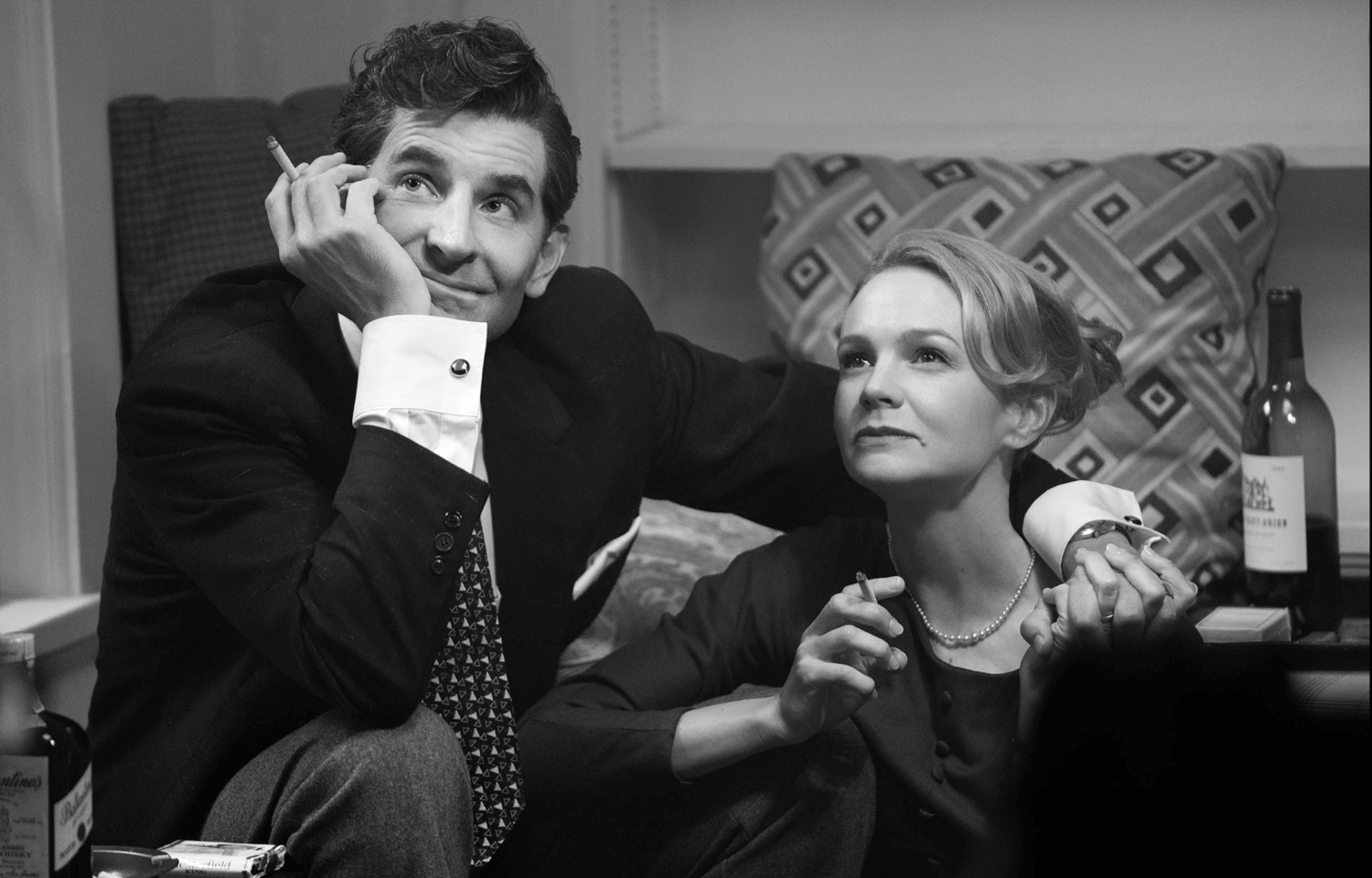Marlon Brando brought mainstream awareness to Method acting. To prepare for his role in “The Men,” in which he plays a paralyzed war veteran, Brando reportedly spent time in a veterans hospital using a wheelchair and did not initially reveal to the other patients that he was not disabled. He also reportedly stayed in his wheelchair between takes while filming.
In the decades since, Method acting has become associated with actors losing themselves in their characters, such as Daniel Day-Lewis having people spoon-feed him in order to prepare for his role as a painter with cerebral palsy in “My Left Foot” (1989).
This is the new me!
Despite all of the attention these stories get, some of the extremes actors go to would have likely made Stanislavski laugh.
“An Actor Prepares” is built around a fictional acting class in which a teacher – most likely a stand-in for Stanislavski himself – breaks his actors’ bad habits and teaches them the foundations of the system.
Many of the exercises the teacher designs are to help the actors imagine what they might do if they were in the same situation as their characters – not to recreate those circumstances in real life.
Along the way, Stanislavski’s acting teacher regularly lampoons actors going to phony extremes to achieve what they think is authenticity.
Not unlike the ethically questionable issues of Brando and Day-Lewis appropriating disability, one of the actor characters in Stanislavski’s book adopts mind-bogglingly racist approaches, including blackface, as he prepares to play Othello.
Decades later, there are echoes of this critique in the work of Robert Downey Jr., who wore blackface in an irony-drenched but nonetheless problematic sendup of Method acting in “Tropic Thunder” (2008).
Does this character make me look fat?
Much of the debate around last year’s best actor winner, Brendan Fraser, had to do with his wearing prosthetics to play the morbidly obese Charlie in “The Whale.”
It should be noted that Cillian Murphy denies that he is a Method actor – as does Day-Lewis – and Murphy has refused to disclose the weight loss tactics he used to shed pounds for his role in “Oppenheimer.” Yet one of his co-stars, Emily Blunt, semi-jokingly referred to Murphy as eating an almond a day to maintain his underweight physique during filming.
What any actor does with their body is between them and their doctors; however, there are major medical and ethical implications when weight loss and weight gain are marked as evidence of a disciplined commitment to one’s craft.
Stanislavski didn’t tell actors to bulk up or go on a crash diet for their roles; in fact, early in “An Actor Prepares,” the acting teacher admonishes his students for practicing in front of mirrors and being too focused on their outward appearance. Later in the book, the teacher also warns against what he calls an exhibitionistic approach to acting, in which the actor is trying to show the audience how hard they are working at their craft.
Come at me, bro
And then there are stories of actors who prod, tease and surprise their co-stars to try to elicit authentic responses.
During the height of the #MeToo movement, a story about the filming of “Kramer vs. Kramer” (1979) resurfaced. Meryl Streep recalled that co-star Dustin Hoffman slapped her before shooting one of their scenes in order to get a response from her. Those actions were allegedly part of a larger pattern of behavior and strained relations between the two during the making of the film.
Similarly, when “Suicide Squad” (2016) was being filmed, Jared Leto reportedly sent gag gifts to his co-stars from his character, The Joker, that included dead animals and used condoms. Leto has alternately endorsed and walked back the stories about the pranks.
Contrast these stunts with Stanislavski’s take on working with acting partners: Create communion and engage in active listening. Ticking them off, whether it’s in service of a scene or part of their own technique of “staying in character,” is selfish.
Is it process or privilege?
Since Stanislavski’s book was published, a number of acting approaches have emerged that do favor the kind of personal psychological investment that seems to blur the line between actor and character, most notably those of American acting teacher and theater director Lee Strasberg.
However, in Chapter 8 of “An Actor Prepares,” Stanislavski makes a clear distinction between what’s true and real for the actor and what’s true and real for the character they are playing.
In other words, he did not subscribe to the idea that an actor can lose themselves in their part.
Yes, the media loves these kinds of stories, and they can demonstrate a certain type of commitment. But they can also paint actors as pampered and pretentious “artistes” whose process is self-indulgent. A working actor struggling to pay the bills doesn’t have the luxury of, say, insisting that everyone address them by their character’s name.
In fact, these narratives about Method acting can swing the other way: Much of the praise around Ryan Gosling’s turn in “Barbie” plays on the idea of a serious actor’s willingness to get blond, goofy and take a decidedly un-Methody approach, something the actor cheekily embraced while doing press for the film.
So when the acting Oscars get handed out, hopefully it will be because voters believed in the performances – not because of some meta narrative about their off-screen behavior.
Scott Malia is an associate professor of theatre who specializes in GLBTQIA Theatre, Comedy, Television, and Italian Theatre. His book, "Giorgio Strehler Directs Carlo Goldoni," was published by Lexington Books in 2013. Other articles and writings have appeared in Theatre Journal and New England Theatre Journal. His play, "The Interview," was performed as part of the Boston Theatre Marathon in 2009 and published by Smith & Krauss. The play was also performed in Ireland as part of the Cork Theatre’s 10x10 Festival in 2013. 




